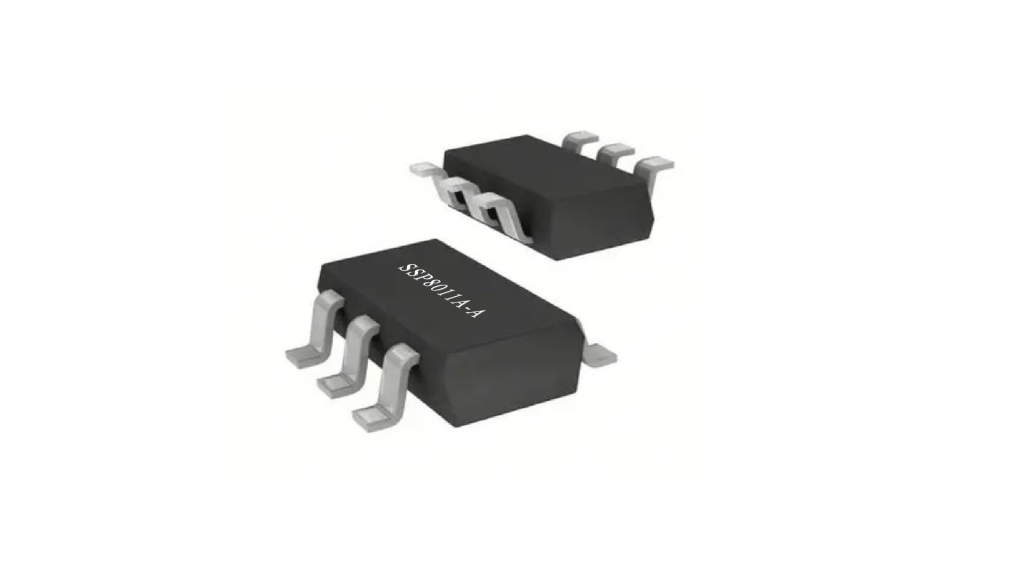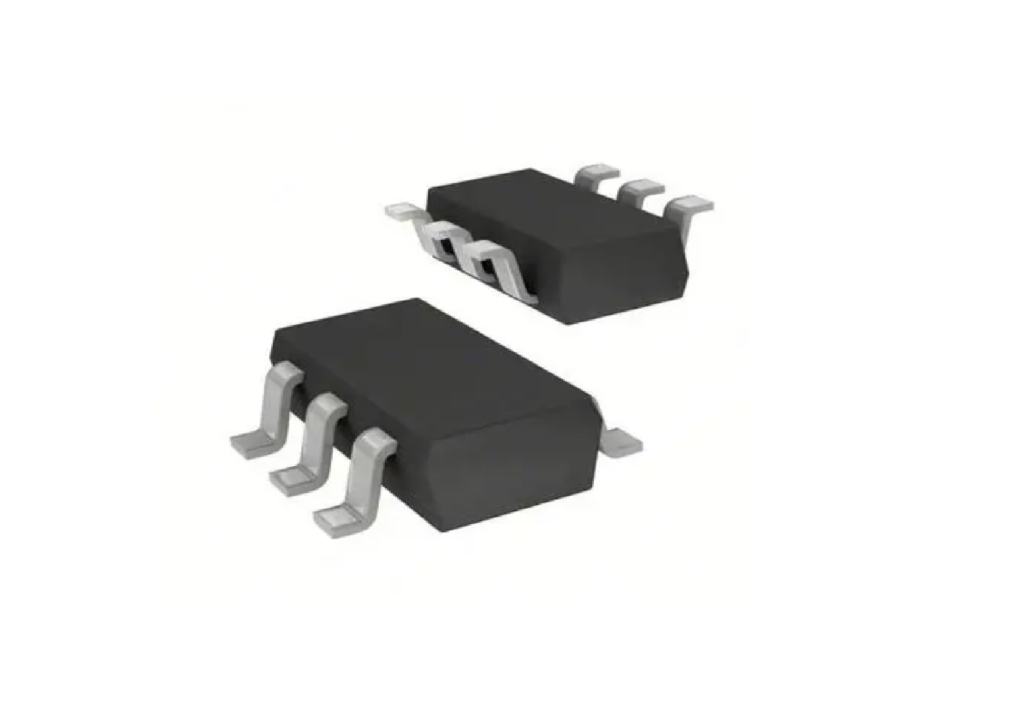Application
Search
Post Catgories
Have Any Queries?
Click the button to leave your message and we’ll get back to you as soon as possible.

Many engineers in the choice of BOOST type DC-DC chip found that even if the chip with the enable function, still can not turn off the system, the output voltage or follow the input voltage exists, at this time the consumption current follows the load changes, in this state will not only continue to consume power, but also the risk of damage to the post-stage circuit.

RS485 circuit is a common serial communication interface standard, widely used in industrial control environment. It uses balanced transmission and differential reception, has the ability to suppress common-mode interference, is suitable for the communication distance from tens of meters to thousands of meters, and performs well in multi-node systems.

SSP1220 is a precision 24-bit analog-to-digital converter developed and designed by Siproin Microelectronics. The SSP1220 is capable of performing conversions at sampling data rates up to 2k SPS and is stable within a single cycle. For industrial applications in noisy environments, the digital filter provides both 50Hz and 60Hz rejection at a sampling frequency of 20SPS.

The SSP8011A-A is a low-cost, low-power single-channel capacitive touch sensing IC.Built-in voltage regulator circuit, few peripheral components, only a few components can achieve touch sensing.
Provides 2 output modes, high/low output optional.Reset after a maximum of 9S.The sensitivity of the touch-sensitive keys can be adjusted as needed by adjusting the external resistance and capacitance.

The new SSP9481 is a high-performance 80V, 1A asynchronous buck converter ideal for designing power systems with a wide range of input voltages (4.5V to 80V) to 3.3V outputs and 1A on-load capability. Below, we will elaborate on how to use the SSP9481 chip to complete this design task, including the selection of key parameters, circuit design, component selection and performance optimization.

According to the characteristics of Shanghai Siproin Microelectronics product series , which could be widely used in smart meters involving leakage protection, street light detection, sockets, charging piles, intelligent electrical distribution boxes and other meter-related categories.
_画板-1@2x.png)
